Biomimicry, what is it, its history, and its applications
Biomimicry is a science of observing the mechanical and biological phenomena of nature to find technical solutions, applicable to objects of construction and human design. consisting in imitating and copying nature, of all or part of a complex biological system for an artificial and industrial exploitation on objects of human conception. Man can thus reproduce animal mechanisms to improve advanced technologies, often in "pointed" areas reserved for large companies, such as biomechanics, bionics and biophysics.
Biomimicry can also be inspired by the organization of ecosystems or, more generally, the functioning of living beings to better integrate human organization and technologies.
- The beginning :
Although biomimetics is little known, it is not new.
From the earliest times of humanity, examples of biomimetics have been observed. Indeed, prehistoric men have been inspired by nature and animals in order to live but above all to survive, inhabit a territory and defend it. For example by warming up or improving his hunting tactics (by observing wolves) or by reproducing fire. This instigation to reproduce nature has rather been done in an intuitive way, without real reflection: the man observing or experiencing a phenomenon, realizes that it is useful or that it can be transformed for its benefit and reproduces it.
However, we must not confuse the exploitation of nature with Biomimetism. For example, men having cut up an animal, observe that the fur makes it possible to keep the heat, then dress with the said fur. In their desire to be warmer, they improve it by sewing. So nature at the beginning of the production line, gives the example to the man who develops then his "own" fur. In this example, the man follows a pattern of recognition, adaptation and improvement. - Antiquity:
In ancient times the inspiration of nature is more concrete, it is the beginning of the scientific steps. Indeed, men seek through the analysis of phenomena to establish theories to improve science.
We even find this inspiration in the arts as shown by some myths like Icarus. The latter was a prisoner in the labyrinth of King Minos with his father. To escape, they took inspiration from birds creating wings with their feathers.
The forms and materials found in nature are also sources of very old and diverse inspirations. - The Renaissance
The Renaissance truly represents the rise of these practices of observation with humanists and especially Leonardo da Vinci, who is considered the first researcher in biomimicry.
Leonardo da Vinci excelled in all fields and took inspiration from nature to create machines that were more ingenious than others. Vinci interprets nature and seeks to imitate it perfectly. Birds and bats inspired him with flying machines, like the ornithopter or the one shown in the drawing below. In addition, from the observation of birds Da Vinci established projects of propeller, parachute and glider. He gave a simplistic but acceptable definition of biomimicry: "The bird is an instrument that works according to mathematical laws and man has only to develop a machine capable of reproducing each of his movements".
After observing the flight of birds, he tried to build a machine capable of flying, unfortunately without success.
The inventor faces technical difficulties related to materials, too heavy to leave the ground, as well as energy problems. However, he puts all his ideas inspired by nature on paper, paving the way for modern biomimicry.
So he said: "Go take your lessons in nature, that's where our future is": this magnificent quote from Leonardo da Vinci seems utopian ... and yet, more than 500 years later, the idea of this visionary finally seems to take shape in our daily lives and our ways of thinking. - The 18th and 19th centuries
The 19th century is first marked by the industrial revolution allowing steam engines and many other machines to see the day so to speak will leave new opportunities to create new machines ... Dice the old plans of Da Vinci are "retaken", many men like Clement Ader trying to fly the man.
But otherwise, in the 19th century, nature was imitated only for its aesthetic qualities. The painters and architects of the time, influenced by the beauties of the natural world, recopied the external appearance of their structure, but the more closely they observed the details, the more immaculate order of nature became fascinating.
The paper :
It is by being close to nature that we can most easily understand it and therefore, we can better imitate it. At the beginning of the 18th century, a scientist, François Réaumur, observed the wasps and remarked that the material of their nest looks very much like paper. He begins to search from what material this paper is made, until it surprises a wasp in the process of debiting the frame of his window from his mandibles. He understands that they chew wood to make their nest. He then has the idea of making paper from wood. Even today, wood remains the main material for making paper and cardboard.
L'Éole: Our first flight:
Clément Ader, who has an exceptional imagination, wanted to fly. He possessed an enormous power of work, brilliant skills of drawing, calculation and mechanics, engineer and passionate worked to realize his dream. Instead of taking advantage of the different work done by his predecessors, the engineer relied on an older teacher, nature.
Ader managed to get Indian bats, gigantic bats over 1.10 meters wide. In Paris, he observed them hovering in an aviary built in his garden and thanks to chronophotography (point by point photography). Inspired by their wings, he conceived "Éole" in 1890. He declared:
"The flight of birds and insects has always preoccupied me ... I have tried all kinds of wings of birds, bats and insects, arranged in flying wings, or fixed wings with propeller ..."
A small invention but that changed our daily life. Georges Mestral Velcro:
In 1941, the Swiss engineer Georges de Mestral noted at the end of his walks that Barbados (with previously unknown attachment properties) clings to his velvet trousers.
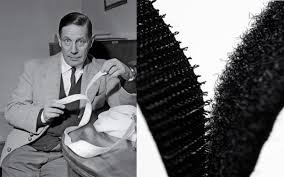
By studying under the microscope, he discovers the tiny hooks that allow the burdock to adhere to the fabric. This will allow him ten years later, to file the patent of a Velcro strip he baptizes: Velcro shortened "velvet" and "hook".
Useful for the conquest of the space (to hang the objects in weightlessness), it replaces chemicals polluting for the man and the environment. The product arrives and progresses very quickly on the market. Velcro Georges Mestral is a "small" invention but has changed our daily lives.
We find this inspiration almost everywhere in our daily life:
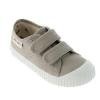
The Eiffel Tower: the bone structure makes our buildings more solid and flexible:
The Eiffel Tower, considered a marvel of engineering, is a unique and unsuspected example of biomimicry. Indeed, Gustave Eiffel was inspired by the internal structure of a human femur for its architecture in 1889. The event at the origin of this innovative method of construction dates back to 40 years before the Eiffel Tower was erected.
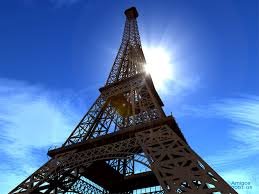
In the early 1850s, anatomy specialist Hermann Von Meyer was studying the part of the femur that fits into the hip joint. Von Meyer noticed that the inside of the femur, which is capable of supporting a weight of one ton in a vertical position, consists of a lattice of tiny bony prominences called trabeculae. He realized that the structure of the bone was perfect to reduce the effects of pressure and weight load.
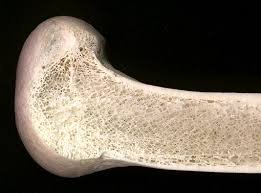
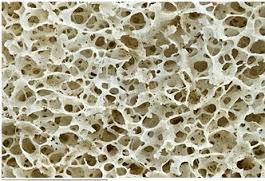
Indeed Biomimicry is also inspired by the human being!
The Eiffel Tower was built with a structure similar to that of the end of the femur and thanks to these trabecules, the tower uses less material and the structure of the building is both strong and flexible. This unshakable structure solves the problems of destabilization due to the wind.
- Examples of biomimetic applications:
From Kingfisher to Shinkansen, the Japanese TGV
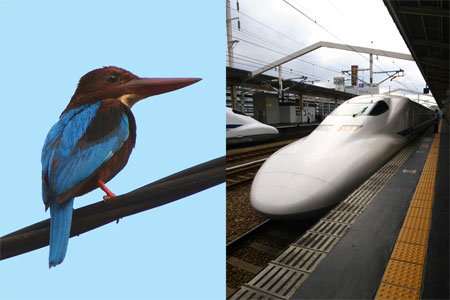
From the skin of the gekko to your suspended TV
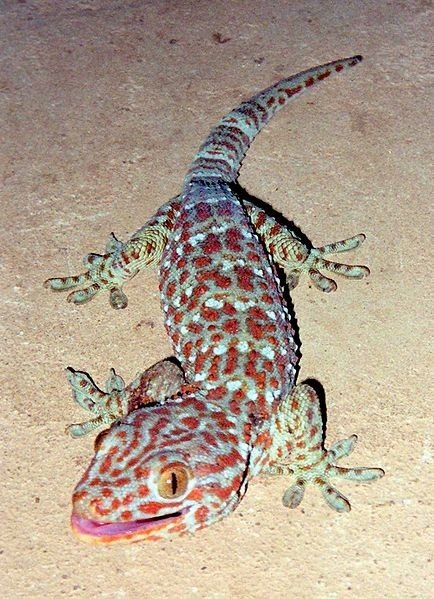
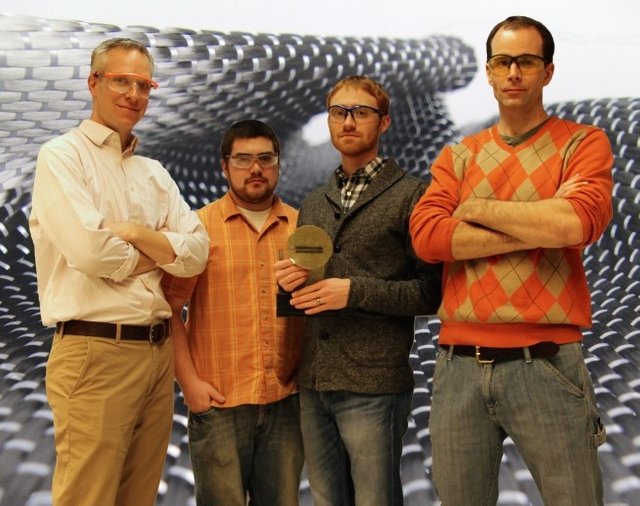
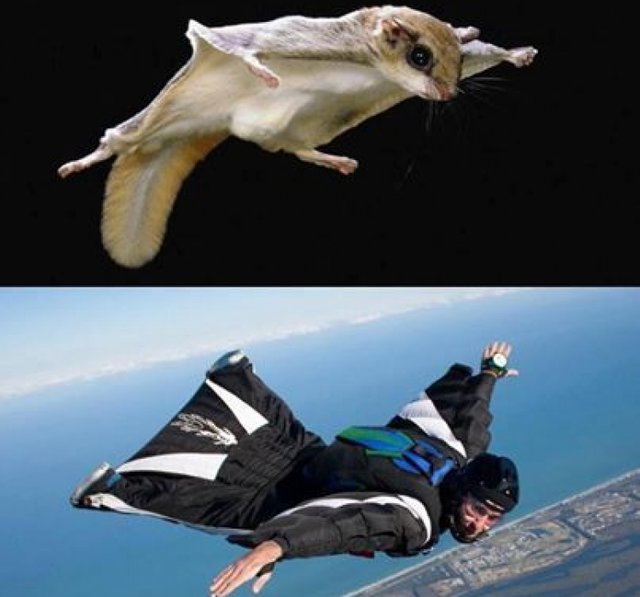
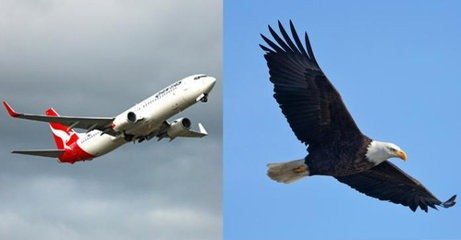
The informations contained in this post are taken from the following websites:
https://www.aquaportail.com/definition-7656-biomimetisme.html
http://biomimetisme-luanda-tpe-premiere-s.e-monsite.com
Best regards.
@aminekad
This is a very interesting observation.
@aminekad you were flagged by a worthless gang of trolls, so, I gave you an upvote to counteract it! Enjoy!!
Congratulations @aminekad! You have received a personal award!
Click on the badge to view your Board of Honor.
Do not miss the last post from @steemitboard:
Congratulations @aminekad! You received a personal award!
You can view your badges on your Steem Board and compare to others on the Steem Ranking
Vote for @Steemitboard as a witness to get one more award and increased upvotes!